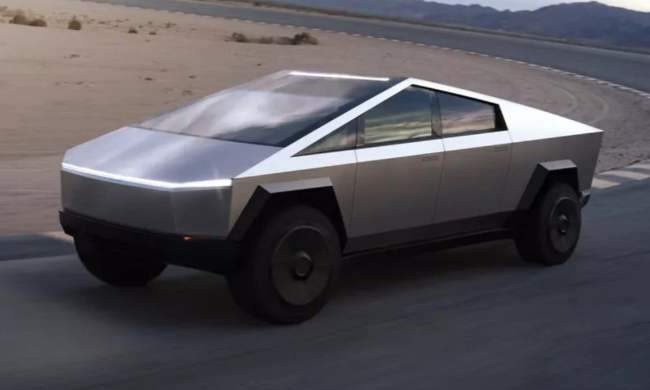Everyone needs a project. Gareth Wild’s involved a quest to park his Skoda Octavia in every single space at his local supermarket. And six years after starting out, he’s finally finished.
The 39-year-old Brit set himself the offbeat challenge in a bid to make his weekly supermarket visits less mundane.
And he took the effort seriously, too, utilizing the power of Google Maps and spreadsheets to plan a strategy that would enable him to target all 211 parking spaces as efficiently as possible.
In a series of tweets this week, Wild revealed details of his impressive achievement, which he described as his magnum opus.
For the last six years I’ve kept a spreadsheet listing every parking spot I’ve used at the local supermarket in a bid to park in them all. This week I completed my Magnum Opus! A thread.
— Gareth Wild (@GarethWild) April 27, 2021
The London-based company director explained how in 2015, after quite a few years of visiting the same local supermarket, he started thinking about “how many of the different spots I’d parked in and how long it would take to park in them all.” The parking project was born.
Wild started by hitting Google Maps to get a satellite shot of the entirety of the parking lot. He then converted it to a diagram to get a clearer view of all of the spaces.
The orange boxes dotted around the car park are trolley bays, the black space is an irregular shaped patch which is too small for a car and is therefore void and then there are a number of family, disabled and a motorcycle bays. pic.twitter.com/EWJE2xOCYo
— Gareth Wild (@GarethWild) April 27, 2021
“I don’t own a motorcycle and I’m not disabled but I do have children so I can legitimately use the family spaces,” Wild said, adding that this meant there was a total of 211 spaces that he needed to park in, or “conquer,” as he put it.
He also found a way to make it easy for him to keep track of which space he was parking in so that he could quickly update his spreadsheet when he got home.
To make it easy for me to identify which space I was parking in I assigned each ‘block’ a letter and within each block, bay numbers which I would make note of on my phone and then add it all to my super awesome spreadsheet. pic.twitter.com/y785tdxhhw
— Gareth Wild (@GarethWild) April 27, 2021
The spreadsheet was, of course, a key part of the project, with Wild this week proudly posting the completed file on Twitter.
The spreadsheet has been given a bit of extra razzle dazzle to spruce it up a bit for presentation but this is it, this is 6 years of monotony. pic.twitter.com/kjCpMXeKo6
— Gareth Wild (@GarethWild) April 27, 2021
A weekly shop (with a few extra visits here and there) had led Wild to believe that he could probably complete the challenge within about four years, but his forgivable failure to factor in a global pandemic meant it ended up taking considerably longer.
And the project produced some emotional moments, too. Responding to a question on Twitter, Wild said that “getting all of area B was the same sort of joy I had at the birth of my firstborn,” adding, “Maybe better.”
As an act of public service, the parking guru has even taken the time to produce a special map for the store’s parking lot, marking out the best and worst spaces for future visitors.
It’s not clear what kind of challenge Wild be taking on next, though he did mention that he currently has his eye on the parking lot of another supermarket that’s just opened close to his home.


